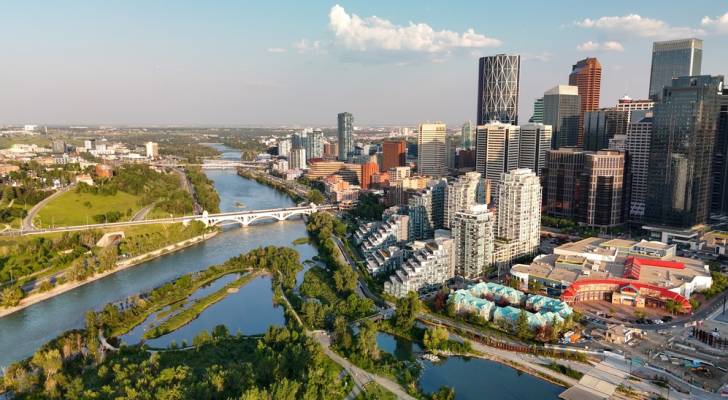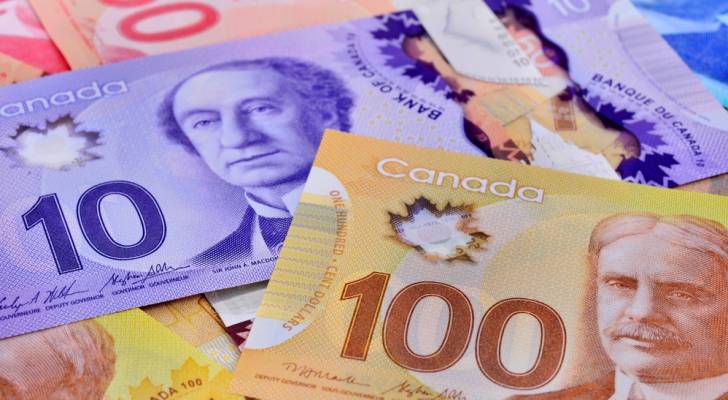97% of Canadian pet parents don’t have pet insurance — how are you saving for vet bills?

When I took my dog, Oscar, to the vet because of suspected digestion issues, I was just planning on a quick visit and a recommendation to change his food. But after blood work, an ultrasound and a bill for $2,000, what I got instead was a diagnosis of abdominal cancer. I was heartbroken, and after […]
Toronto’s new home market struggles: Is now the right time to buy?

High interest rates have been the catalyst for a retreat in new and resale home purchases in Canada in recent years. But even as interest rates drop, homebuyers appear to be waiting on the sidelines rather than buying up ever-growing inventory. In fact, according to the latest data by The Toronto Regional Real Estate Board […]
12 best neighbourhoods in Calgary

Calgary has been steadily growing in popularity over the last decade or so, thanks to affordable housing (compared to Canada’s other urban centres), a booming job market and proximity to some of Canada’s most stunning landscapes. If you’re thinking of moving there, check out this list of 12 of the best neighbourhoods in Calgary. Methodology […]
BC border shop sees 80% drop amid Trump’s tariff threats and ‘Buy Canadian’ movement — owner calls it ‘unbelievable.’ Is this a long-term trend or just a quick blip?

A British Columbia border shop is reeling from an 80% drop in business as trade tensions and shifting consumer loyalties shake its foundation. The owner, shocked by the abrupt decline, called the situation “unbelievable” and worries about the store’s future. “This has been our biggest issue for over 10 years,” Peter Raju, president and owner […]
The HST holiday is now over — Here’s 9 ways you can still save money on groceries if you’re feeling a pinch

Groceries probably take a huge bite out of your monthly budget — and now that the HST holiday is over, your weekly bill will jump in price now that taxes will be incorporated once again. Even if you suffer from mageirocophobia (fear of cooking) and prefer eating out, you still need to buy at least […]
I’m 62, retired, and I want to avoid people more and more — is this normal? Yes, but here are 5 emotional and financial costs you need to know

It’s an unfortunate thing that many older North Americans end up experiencing — feelings of loneliness and isolation. Reports from Statistics Canada reveal that approximately 30% of Canadian seniors are at risk of becoming socially isolated, while approximately 19% to 24% of Canadians over the age of 65 feel isolated from others and wish they […]
Collective efforts to thank for 2024 auto theft reduction

Last year saw an 18.6% year-over-year decline in auto theft nationwide, totalling more than 57,000 private passenger vehicles, in 2024. According to Équité Association’s 2024 Auto Theft Trend Report, this decline is attributed to the collective efforts of key stakeholders. "2024 was a milestone year in the fight against auto theft in Canada," Terri O’Brien, […]
Bitcoin and crypto ETFs see surge in interest after Trump election win drives investors to cryptocurrency

Following Donald Trump’s election victory, financial markets experienced a flurry of trading activity, with investors increasingly turning to Bitcoin as a hedge amid heightened political uncertainty. In Canada, more cautious investors turned to Bitcoin and cryptocurrency exchange-traded funds (ETFs). Crypto ETFs are accessible and offer investor security within a regulated environment. As a result, crypto […]
How Much Money Should Be In Your Nest Egg at Each Stage of Life?

A comfortable retirement requires a large nest egg — everyone knows that. Just how big depends on a lot of factors like your debts, health and lifestyle (do you plan on traveling each year in luxury, or do you enjoy the quieter aspects of life?) One common rule of thumb holds that you need enough […]
I’m 52, saving at least 10% of my income for retirement — but my husband isn’t saving anything and has no plans to. What should I do?

“Don’t let me hear you say life’s taking you nowhere,” David Bowie crooned in his 1970s hit, “Golden Years”. And the reality is, as your life progresses, your career eventually sunsets. This has Jada, 52, facing the existential dread of retirement even though she doesn’t plan to clock out until she turns 65. Still, she’s […]